Under the name of Galia melon Several types of melon are combined as a trademark. The Galia melon is one of the net melons, which are characterized by a clearly visible net-like structure on the skin. The melons are mainly used as dessert melons and are available in stores all year round and have a spherical to slightly ellipsoidal shape with a weight of 0.5 to a maximum of 2 kilograms.
What you should know about the Galia melon

Several melon varieties (Cucumis melo), which have a spherical to slightly ellipsoidal shape and meet the weight criterion of 0.5 to 2 kg, are grouped under the trade name Galiamelon, including the pure form originally bred as Galiamelon.
The original Galia melon is a cross between the omelon and the honeydew melon "Honey Dew", a relatively new breed from Israel. The OECD defines a total of 16 different brands of sugar and watermelons, which include around 500 melons approved for cultivation in the EU. With a few exceptions, Galia melons also meet the criteria for net melons because their skin has a clearly visible, net-like structure. Botanically, melons and pumpkins are berries. The main growing countries for export to Europe are Spain, Italy, Israel and South Africa, but the USA, Costa Rica and Brazil are also among the growing countries today.
The main season for the Galia melon from European growing countries is March to November, from September to December the fruits mostly come from Israel and from December to May from South Africa. The Galia melon is therefore available all year round in fruit and vegetable shops. It is likely that the origin of the sugar melons can be traced back to countries of the so-called fertile crescent and ancient Egypt to a time around 3,000 BC. Goes back. From there the fruit spread to India, the Far East and Europe.
The ripe Galia melon, which is characterized by an intense, sweet smell, can be stored for a few weeks with appropriate cooling and only a few days at room temperature. The taste of the white to slightly greenish pulp is sweet and aromatic. For some time now, Galia varieties with orange pulp have also been offered. The edible pale kernels are concentrated towards the middle. There the pulp is loosened up, so that the kernels can be peeled out with the spoon together with the fibrous pulp so that they can be used separately.
Galia melons are mainly used for the preparation of desserts. The fact that the stem separates from the fruit as it ripens is considered characteristic.
Importance to health
The greatest health significance of the Galia melon as well as other sugar, honey and even watermelons lies in their quality as a supplier of minerals. First and foremost, potassium should be mentioned. Potassium is extremely important for the metabolism.
The mineral is particularly important as a regulator for the bioelectricity of cell membranes and for the maintenance of blood vessel functions. This includes regulating blood pressure and maintaining what is known as the heart's sinus rhythm. Men in particular often suffer from cardiac arrhythmias up to arrhythmic atrial fibrillation in old age. Eating the pulp of Galia melon counteracts a lack of potassium. This is particularly important with predominantly low-potassium, meat-containing foods.
At the same time, potassium also acts as an antagonist to sodium, which in industrially processed modern foods is often consumed in far larger quantities than recommended, so that the potassium intake also has a balancing effect. In addition to potassium, other minerals and phosphorus are also present in health-relevant concentrations. Phosphorus is extremely important for the human metabolism as a component of the genetic material DNA and RNA and in the energy metabolism, in the so-called cell respiration.
It is a process that takes place in all cells of the tissue and in which the conversion of ATP (adenosine triphosphate) into ADP (adenosine diphosphate) and vice versa takes place with the participation of phosphorus. The content of vitamin A, beta-carotenes and some B vitamins is also in the health-relevant range and makes the Galia melon an overall healthy vegetable. Overall, the Galia melon is one of the easily digestible healthy vegetables with its greatest importance as a source of potassium and phosphorus.
Ingredients & nutritional values
Sugar melons and honeydew melons are characterized primarily by their low protein and fat content. Carbohydrates are also only available in moderate concentration with an average of 12.4 grams per 100 grams of pulp, so that the Galia melon can be classified under the easily digestible and easily digestible foods, but its nutritional value - measured by the primary ingredients carbohydrates, proteins and fats - is of little importance.
Measured in kilocalories, the calorific value is 54 kcal per 100 g of pulp. However, the content of secondary ingredients is quite impressive. It is above all the high potassium content with an average of 309 mg per 100 g of pulp and the calcium and magnesium content with 13 mg each. The phosphorus content of 23 mg is also important. Other secondary ingredients in health-relevant quantities are organic acids such as citric acid and malic acid.
Intolerances & allergies
Food intolerance or direct allergies in connection with the Galia melon are quite rare, but occur like all other melons and cucurbits. While the detection of a specific food intolerance to the melon is difficult and requires careful observation of the eating habits, allergic reactions can occur immediately after eating the pulp of the melon.
Typical symptoms are itching in the mouth or burning in the throat, as well as gas and cramps in the digestive tract. In extremely rare cases, life-threatening anaphylactic shock can also occur and requires immediate treatment.
Shopping & kitchen tips
The most important shopping tip is the recommendation to make sure that the Galia melon is ripe, which can best be recognized by the then intense, pleasantly sweet smell. The pulp of not yet ripe melons does not achieve the sweet and spicy taste of ripe ones.
Melons are often harvested when they are unripe in order to keep them longer. Ripe Galia melons should be eaten soon because they can only be stored for a few days. In contrast to other melons and pumpkins, the stalk comes off the ripe fruits, so that it is not necessary to ensure that a short piece of the stalk is still present. Preparing the melon for consumption is very easy because the pulp can be prepared and consumed raw like fruit. The Galia melon can be halved and the fibrous part of the pulp with the seeds removed with a spoon.
Preparation tips
The pulp of the Galia melon is ideal when raw for the exotic enrichment of fruit salads. The pureed pulp is also suitable for preparing refreshing drinks. The Galia melon is often used for the preparation of desserts or jams in connection with the spices ginger, cinnamon and chilli as well as for the production of a well-balanced chutney.

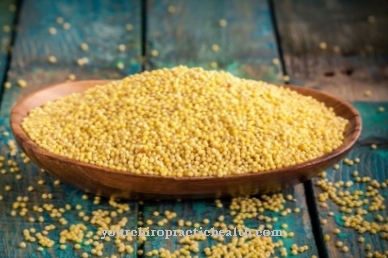

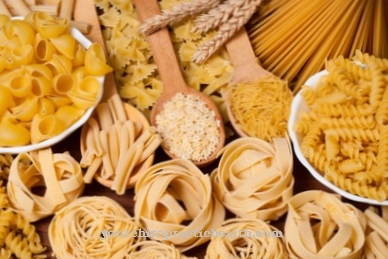
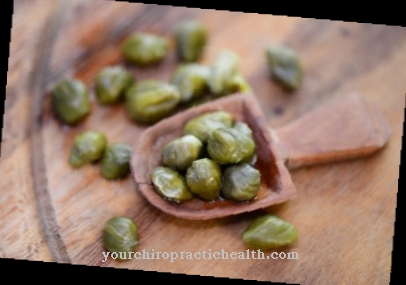
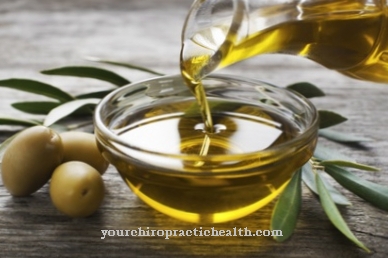
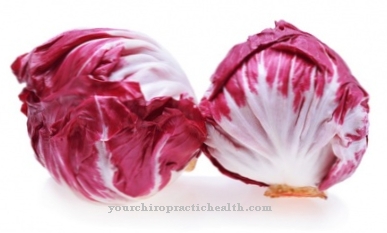










.jpg)







.jpg)


